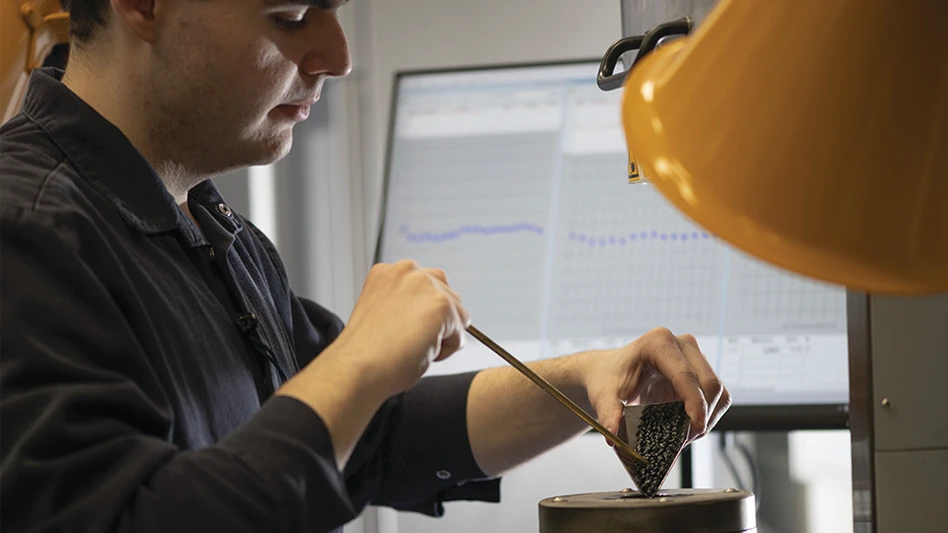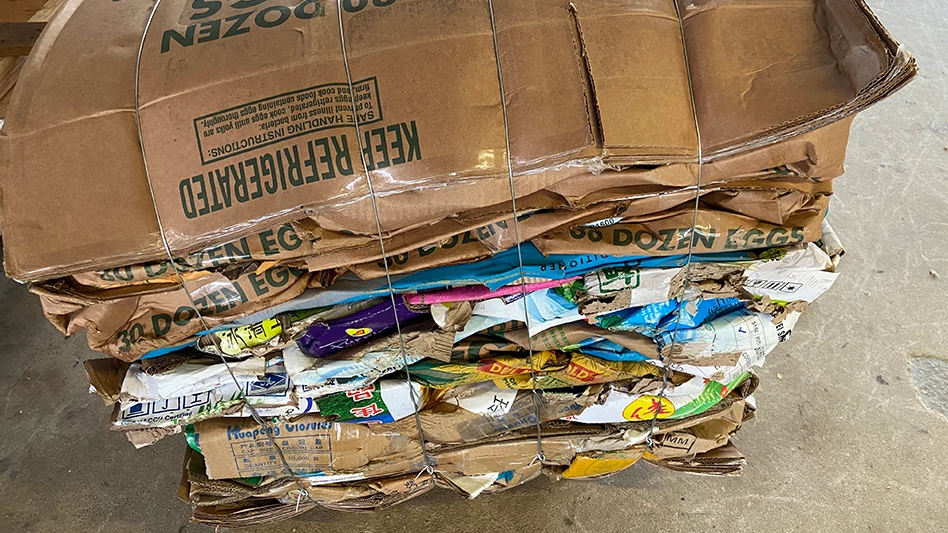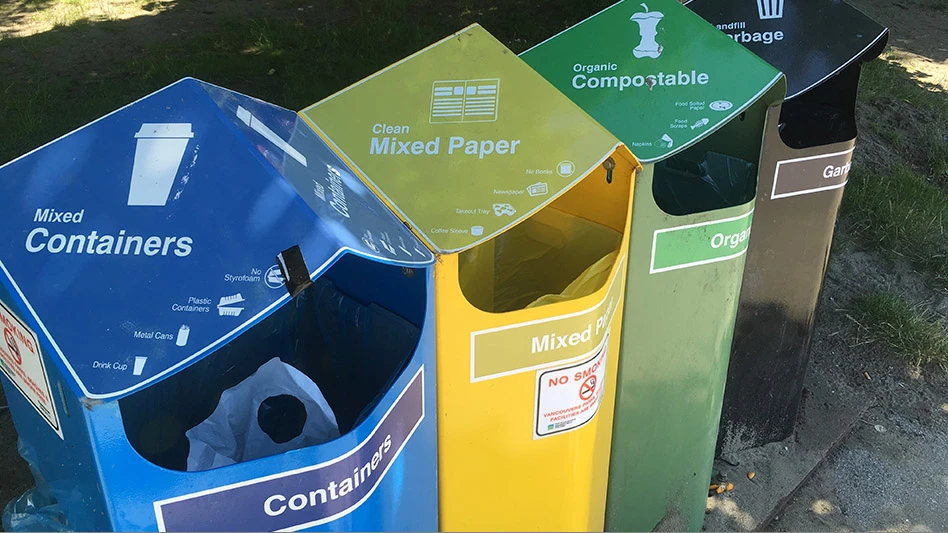 With the pressures of a challenging economy and the current price tags of new equipment, more and more recycling operations are deciding to rebuild existing equipment rather than to buy new.
With the pressures of a challenging economy and the current price tags of new equipment, more and more recycling operations are deciding to rebuild existing equipment rather than to buy new.
In the text that follows, you will find some guidelines to consider as you determine whether to rebuild or purchase new equipment, especially as it pertains to magnetic separation, vibratory feeders, eddy current separators, suspended electromagnets and magnetic drum separators. However, these basic guidelines also can be applied to all equipment used in recycling operations.
1. Track the performance and service life of the product. Recycling operations can find out from the manufacturer what the predictable effective life may be for a certain type of equipment. Based upon this forecast, operations can schedule the appropriate inspection to help decide whether repair or replacement is needed.
Optimum operating efficiency and product longevity depend greatly on the individual piece of equipment and its working environment. Routine tests can determine when it’s time to upgrade or to replace components or to purchase a brand new model.
Annual maintenance checks can be performed by qualified plant personnel or an outside party. The goal is to limit costly downtime and to make sure equipment is operating at peak performance. Once an inspection is completed, the service center will be better able to determine the next course of action, whether this means replacing one component or remanufacturing the equipment to original specifications. In some cases, a total replacement is needed, but that is only after consideration is given to several scenarios to get that equipment back online.
2. Consider the “buy new” price compared with the rebuild price. When all is said and done, the price tag for new equipment may be beyond a recycling operation’s budgetary constraints. The chart on the right compares the cost of rebuilding some typical recycling equipment to buying new.
3. Research desirable new features, including energy savings, new technology and software. As time goes on, manufacturers develop product enhancements that may be sought by a recycling company’s management team. Sometimes these innovations can be added during the rebuild process. At other times these improvements can only be enjoyed if a new product is purchased.
One example of a simple upgrade during rebuild is with eddy current separators, which are available in numerous rotor designs, such as ferrite, rare earth arched (REA) and rare earth original (REO). Some rotors use ceramic tile surface shells, and all use grease retainer chambers. They are typically balanced to operate at 2,500 to 3,000 RPM. Operations easily can choose a rotor upgrade.
In terms of suspended electromagnets (SE), several components provide an effective and efficient magnetic circuit for collecting tramp metal. These include the coil, core, stud seals, backbar and expansion oil tank.
When it comes to magnetic drum separators and scrap drums, recycling operations will find that the magnetic power of new magnetic drum separators may be incorporated into the operation’s old model. Scrap drums have certainly come a long way. Recycling operations should check with their service center regarding available options.
With vibratory feeders, newer designed products now come equipped with energy saving components that should be explored before you rebuild or buy new. Recycling operations can ask for these when placing a rebuild order.
Today’s metal detectors come with software and even smartphone technology that a recycling operation may wish to consider. By talking to the rebuild facility, operations can investigate whether to go new or whether an upgrade to a current unit will suffice.

4. Timing: does buying new or rebuilding meet your timetable? Typically, it takes one to four weeks to rebuild most products. Recyclers can expedite delivery sometimes at a premium price. Operations will need to compare the delivery lead time for new versus rebuild.
When a recycling operation has stopped production or faces safety issues that compromise the working environment, it will need to find the best answer in terms of a firm delivery date.
5. Evaluate the warranty and reputation of the company. Plant operations entail numerous pieces of equipment working together seamlessly to bring the finished product to market. Metal detectors, magnetic separators, vibratory feeders, screeners and conveyors all play an integral role in many recycling operations. Recyclers use this equipment independently or in a comprehensive system to help increase product purity, preserve downstream equipment and improve productivity.
Because recycling equipment represents a significant capital investment, plant operators should perform routine inspections to detect malfunctioning or underperforming equipment. This procedure helps spot trouble areas, minimizes downtime and prevents potential harm to plant personnel and downstream equipment.
There are several ways to determine which rebuild facility to trust with an upgrade project. Recyclers can ask for references from past and present customers or can ask peers about the facilities they have used for their rebuilds. Recyclers also can visit the rebuild facility to see the set-up firsthand and how equipment is repaired and upgraded.
Warranty also is important. Recyclers should be sure they understand the extent of the warranty before committing to buying new or to rebuilding.
Eric Taylor is manager of Eriez’s 5-Star Service Center, Erie, Pennsylvania. More information is available at www.eriez.com.

Explore the July 2014 Issue
Check out more from this issue and find your next story to read.
Latest from Recycling Today
- Acerinox names new North American Stainless CEO
- Greenwave closes 2024 books with red ink
- Steel Dynamics nets $217 million on record shipments
- Massive Chinese steelmaking rebound recorded in March
- LME looks into sustainable metal pricing
- OnePlanet Solar Recycling closes $7M seed financing round
- AMCS launches AMCS Platform Spring 2025 update
- Cyclic Materials to build rare earth recycling facility in Mesa, Arizona





